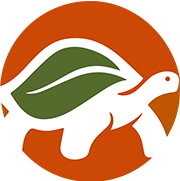The Conservation Status of the Texas Tortoise

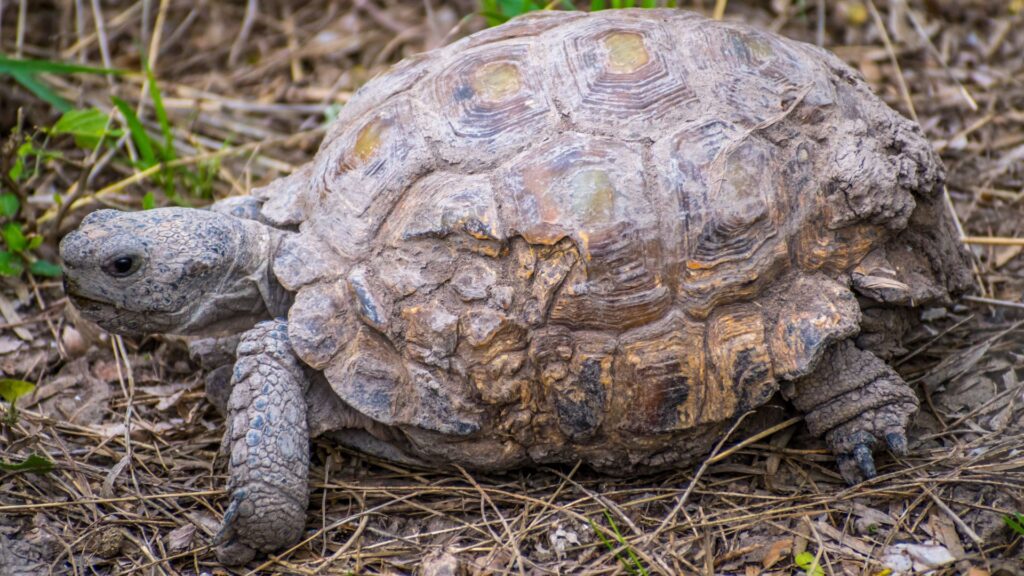
The Texas Tortoise (Gopherus berlandieri) is a unique and fascinating species native to southern Texas and northeastern Mexico. Known for its distinctive yellowish-orange shell and cylindrical hind legs, this tortoise plays a crucial role in its ecosystem. However, its population has been facing significant challenges over the years. This article delves into the current status of the Texas tortoise in South Texas, with a particular focus on Cameron County, providing an educational overview of its population, conservation status, and future projections.
Population Statistics
Historically, the Texas tortoise was abundant throughout southern Texas, with densities as high as 40 tortoises per acre (100 tortoises per hectare) in some areas. However, recent studies indicate a dramatic decline, with current density estimates at approximately 1 tortoise per acre (2.5 tortoises per hectare), representing a 98% population decrease. In Cameron County, specific population data is limited, but the overall trend mirrors the broader regional decline.

Conservation Status
The Texas tortoise is listed as a threatened species in Texas, protected under state law. It is also included in Appendix II of the Convention on International Trade in Endangered Species (CITES), which regulates its international trade. Despite these protections, the species is not federally listed under the United States Endangered Species Act, which limits the scope of conservation efforts.
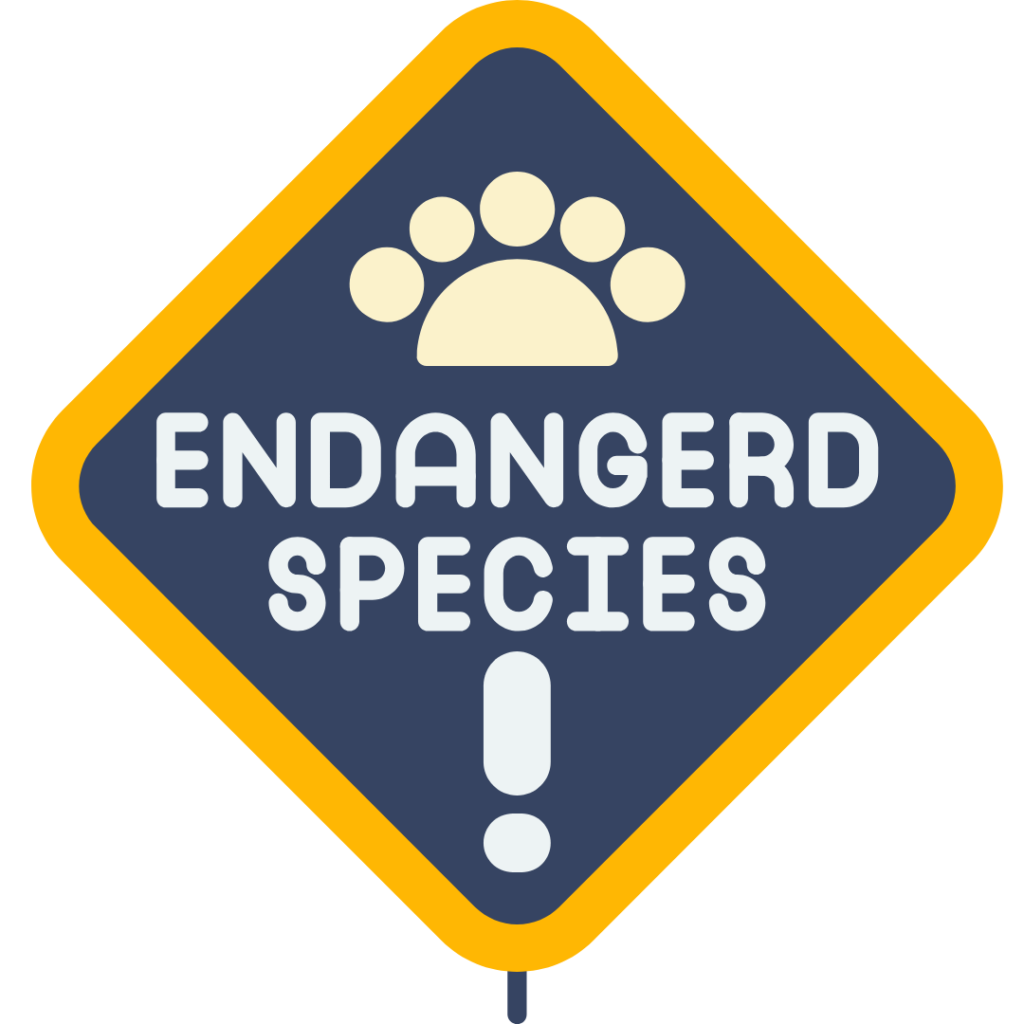
Habitat and Threats
The Texas tortoise primarily inhabits arid and semi-arid regions, including thornscrub and coastal prairie ecosystems. In South Texas, it is often found in scrub forests and well-drained sandy soils. Key threats to its habitat include:
Urban Development
Agricultural Expansion
Illegal Collection
Roadside Mortalities
Predation and Exotic Pathogens
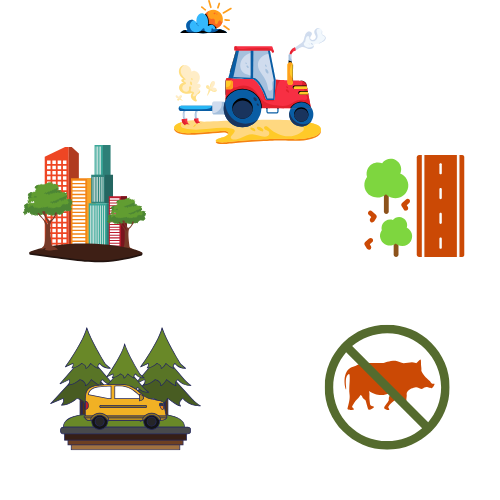
Population Decline Over Decades
The decline in the Texas tortoise population has been ongoing for several decades. By the mid-20th century, populations were already in decline due to increasing habitat loss and other pressures. The combination of urban development, agricultural practices, and illegal collection has led to a significant reduction in their numbers. From an estimated 40 tortoises per acre (100 tortoises per hectare) in the early 1900s to just 1 tortoise per acre (2.5 tortoises per hectare) today, the decline is stark and alarming.
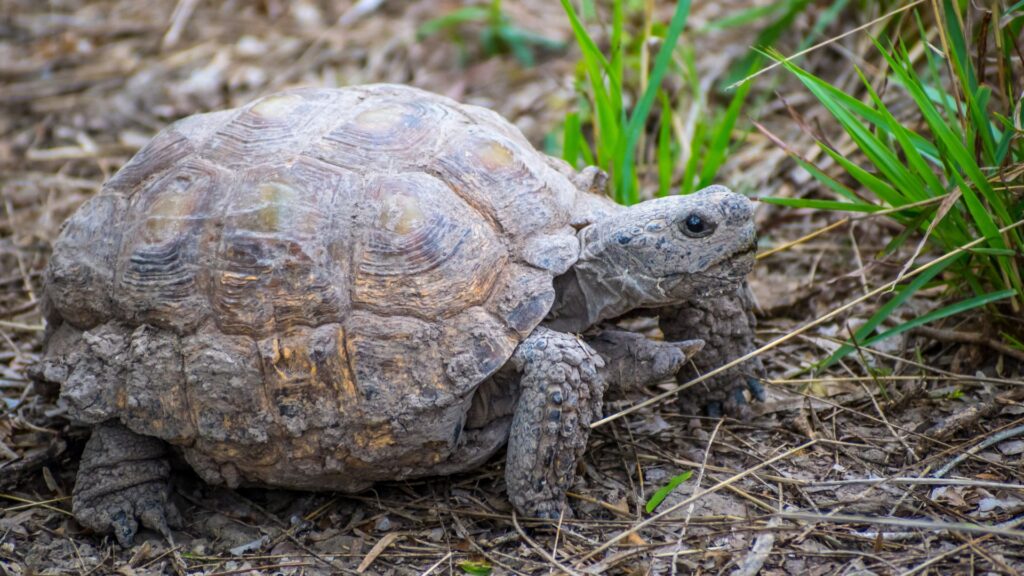
Conservation Efforts
Several initiatives are underway to protect and conserve the Texas tortoise:
Texas Parks and Wildlife Department (TPWD): TPWD conducts regular monitoring and research to track population trends and habitat conditions. They have developed habitat suitability models to identify critical areas for conservation and have implemented management plans to protect these habitats. TPWD also collaborates with other organizations and agencies to coordinate conservation efforts and share data.
Texas Tortoise Task Force: This group engages local communities in conservation efforts, promoting habitat restoration and public awareness. The Task Force organizes volunteer events, such as habitat clean-ups and native plantings, to improve tortoise habitats. They also conduct educational programs in schools and communities to raise awareness about the importance of tortoise conservation and the threats they face.
Protected Areas: Establishing protected areas and national parks provides safe havens for tortoises, free from human interference. These areas are managed to maintain suitable habitats for tortoises and other wildlife. For example, the Palo Alto Battlefield National Historical Park in Brownsville is one of the few places where the Texas tortoise is commonly found. Efforts are underway to expand protected areas and improve habitat connectivity to support tortoise populations.
Community Involvement: Local ranchers and conservationists, like those at Cactus Creek Ranch, are actively involved in conservation research and habitat restoration. Ranchers can play a crucial role in tortoise conservation by managing their lands in ways that support tortoise habitats. This includes practices such as rotational grazing, maintaining native vegetation, and creating wildlife corridors.
Future Projections
The future of the Texas tortoise in South Texas depends on sustained conservation efforts and habitat protection. Projections suggest that without significant intervention, the population decline will continue. However, with increased public awareness and targeted conservation strategies, there is hope for stabilizing and potentially increasing the population.
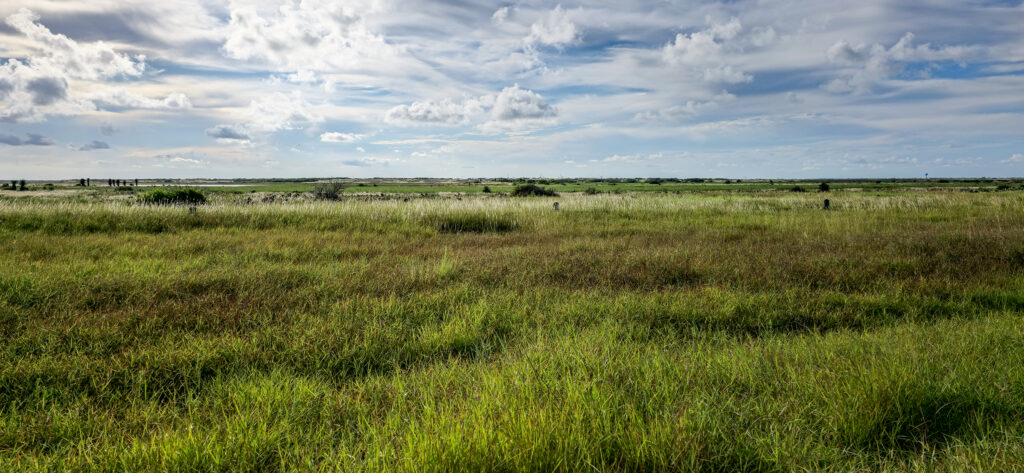
Conclusion
The Texas tortoise is a vital part of South Texas’s ecosystem, and its conservation is crucial for maintaining biodiversity. By understanding the current status, threats, and conservation efforts, we can work towards a brighter future for this remarkable species. Your support and involvement in conservation initiatives can make a significant difference in protecting the Texas tortoise for generations to come.
References
Texas Parks and Wildlife Department. (Year). .
Convention on International Trade in Endangered Species (CITES). (Year). .
Research articles on Texas tortoise threats and conservation efforts.
